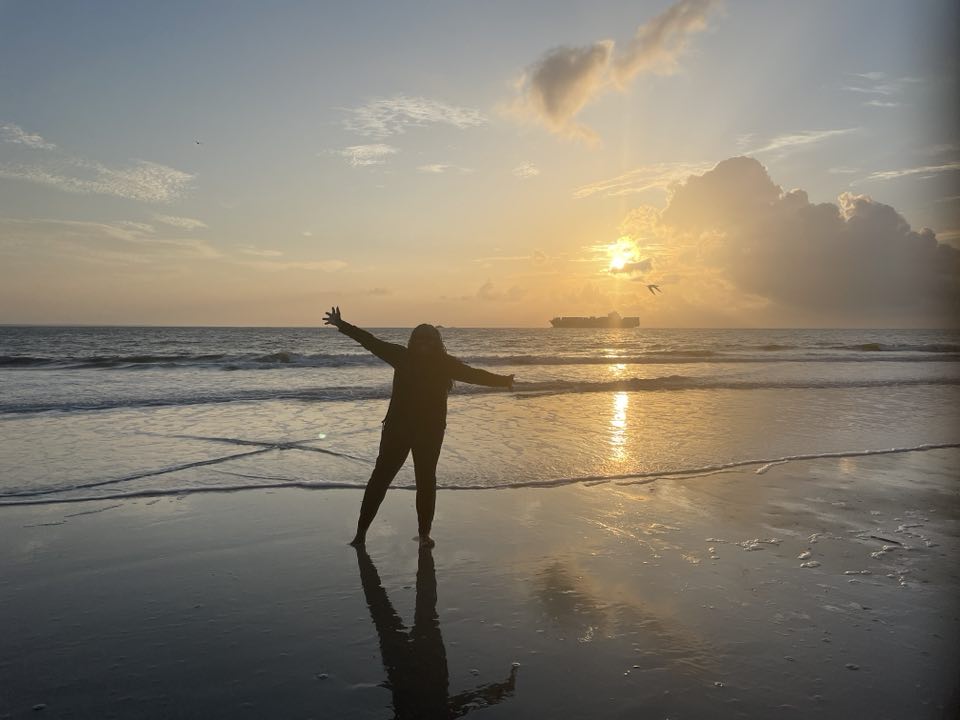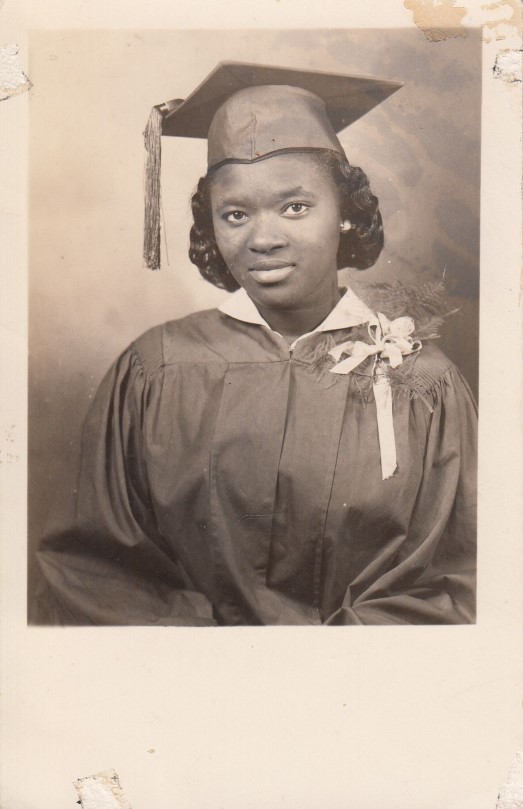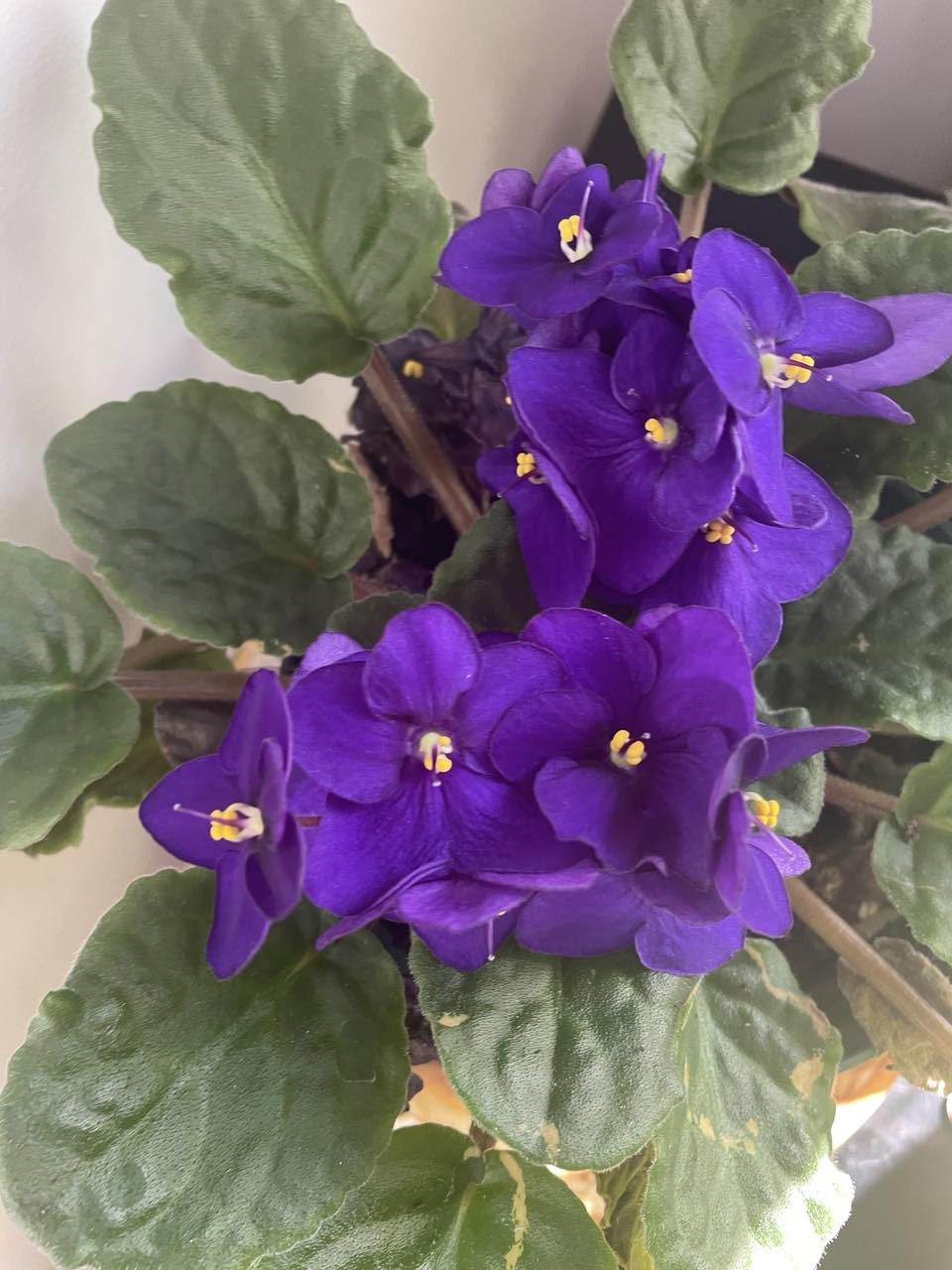
Every now and then, I need to step away and regroup, remember, and recall why I am in the world, what I am supposed to be doing in the world, and why am I doing what I am doing.
So, I stepped away for a few days, came down from the mountain, as a wonderful friend told me when I arrived in Blacksburg. He said, “Menah, sometimes you have to come down from the mountain.”
It was literal and metaphorical. Blacksburg is in the mountains, secluded almost, hidden, a sanctuary for the production and distribution of knowledge. It is a sacred place, and I feel blessed to work and live in a haven where I can try to be my best self.
But, every now and then, I have to ask myself, what is my best self? Am I being my best self?
I often step away to ocean. She is my best friend, she beckons me into her folds, embraces me with a tightness no one can match, envelopes me with a Love unparalleled in the world and thanks me with miracles I could not imagine. She is the most selfless friend I know, giving and giving and giving.
When I go to the ocean, I am ultra aware. I am looking for messages from Her, for She is wise and powerful, a fountain of wisdom for those who are discerning seekers, quiet and tuned in. I try to tune in, adjust my dial, to get my receiver and antenna calibrated to Her breath, in and out, in and out, slowly and peacefully and calmly.

She always is so gracious, rewarding my seeking with answers and questions for me to wrestle with, but to wrestle with during sunrises, when I set an early alarm, hurriedly dress, and run to the beach to wait and watch, to watch the amazing process of the Sun, another friend of mine, seemingly emerge as if birthing herself right from the ocean. I love seeing Her powerful rays play hide n’ seek with the clouds.
And sometimes it looks like the clouds could be wings.

In my selfishness, I pray the clouds get out of the way so my Sun can shine on me. And, then, I release and relax, allow the clouds to do their thing and be who they are. I love watching the Sun rise, the rays reflecting on the ocean and then to the sand. Selfies are always in order.


I love sunsets, too, when it is time for the Sun to go to bed, to retreat and withdraw into the ocean’s womb again. I often want to do that, too. Withdraw into the ocean’s womb, a womb of infinite love and peace and calm.
When I come to beach, I am seeking my Mother, my divine Mother, and I find Her in the ocean and the sun and at night, I see her in the moon and the stars.
I love being surrounded by birds chirping, dolphins playing, raccoons swimming, crabs ruffling through the sand, abandoned shells waiting to be found and cherished. Finding cannonball jellyfish, stingrays, and a sand castle with a moat and staircase.




I am on a boat, advertised on Airbnb as a beautiful luxury yacht. It is not. It is an old dilapidated boat, once new and shiny a long time ago, but now a shell of herself, an engine no longer running, tethered precariously to the dock, but still trying to host visitors who long for the freedom of sailing and gliding across water. While I of course, would have preferred a luxury yacht, I am thankful for this boat and my few days on her, being gently rocked back and forth, feeling the movement of the water every so slightly. It’s been nice, moving to a slower rhythm.
I’ve heard many messages from Mother Ocean over these few days. When I walked along the beach, I reflect often on my work and life. They are intertwined and I am grateful that my work and my passion have intersected. Like Tina Turner said, “My legacy is that I stayed on course…from the beginning to the end, because I believed in something inside of me.”
We all have that “something inside” of us. I am calling it our lighthouse. There is a lighthouse on this island, and I started thinking about the lighthouse in my life.
What is my lighthouse? What is guiding me? How do I let my shine for others, for others in the night. The lighthouse is not on during the day. It is during the night, the dark times in our lives, the dark and despairing moments, when we need light.
Today a flag was attached to the lighthouse, an American flag, in honor of Memorial Day.

We celebrate Memorial Day, often ignorant of its African American origins according to the Pulitzer Prize winner David Blight’s 2001 book Race and Reunion: The Civil War in American Memory.
“A commemoration organized by freed slaves and some white missionaries took place on May 1, 1865, in Charleston, S.C., at a former planters’ racetrack where Confederates held captured Union soldiers during the last year of the war. At least 257 prisoners died, many of disease, and were buried in unmarked graves, so black residents of Charleston decided to give them a proper burial. About 10,000 people, mostly black residents, participated in the May 1 tribute, according to coverage back then in the Charleston Daily Courier and the New York Tribune.”
https://time.com/5836444/black-memorial-day/?fbclid=IwAR2AQd36gMRAHkCbgRFHOhgrWxrF6c0-jwBZStAax7lie6QPX4fQWFpT1Ok
America, however, prefers to trace the holiday’s origin to 1868 and a “call from General John A. Logan, president of a Union Army veterans group, urging Americans to decorate the graves of the fallen with flowers on May 30 of that year. The ceremony that took place in Arlington National Cemetery that day has been considered the first official Memorial Day celebration.”
This erasure of the African American role in the history of America is, as the Time’s article notes, “emblematic of the struggle that would follow, as African Americans’ fight to be fully recognized for their contributions to American society continues to this day.”
I am also always conscious that this is also the season of the Tulsa Massacre in 1921 when white supremacists terrorists burned and destroyed over 35 square blocks of black business in the Black Wall Street on May 31 and June 1. The exact deaths are not known, but estimated to be over 100 with almost 800 injured. 10,000 Black people were homeless. This history officially became part of the Oklahoma curriculum in 2020. I hope it stays.
One of the survivors of the massacre, who survived by hiding under the dining room table said her mother told her, “don’t spend your time agonizing over the past.”
We should not agonize over it, though it is agonizing.
I want America to be a light, one of many lights in the world, an example of a place where it isn’t so divided among so many lines. I’m so angry about the anti-trans movement. Why can’t we let everyone be who they want to be in the world, who they need to be, who they were sent to be? Why does it matter to others? Why is ok that some get to be who they want and others don’t? In America, especially, where it is supposed to be a country accepting of all folks. I don’t understand this. I am trying to really understand the anti-DEI movement. I spent an hour and a half on a webinar about the history of the anti-DEI movement, tracing the movement and showing that it didn’t start overnight. I knew much, but there is so much more to learn, to understand the why and how of what is happening, and to devise an effective strategy and response. It was eye-opening and to be honest, a bit disheartening, as was reading Dying of Whiteness, which I read and wrote about last year.
As a lawyer and sociologist, I consider myself a student of culture and society. I want to believe that education and knowledge can be transformational, can open our eyes and allows us to see the world differently. I want to believe there is a middle that is purple — not just lefts and rights, reds and blues. I want to believe that knowledge can help us see the world differently and appreciate others who are different than ourselves, to understand and respect cultures and viewpoints and values that are different than our own, yet know that we are all just trying to make it the world and live our best lives with our best selves. I feel like America should be a place for that, a place where speech is not sanctioned, where amazing poems are not hidden away,

and where we can educate our children and each other about our world. I want to feel like America is place where history can be shared and discussed, without feelings of guilt or shame, but appreciation of how we came to be America and that some of our experiences have been and continue to be defined by our skin color, our accents, our facial features, and how far along a spectrum of normalized Whiteness we are.
This weekend, I learned more about the Gullah-Geechee culture. This culture is important to me because some of the ancestors of the people came from my father’s homeland, Sierra Leone, and the Krio culture. They speak what is a vernacular of Krio that my cousins from Freetown speak. I took a tour with the Gullah-N-Geechie Mahn Tours, and learned about the Penn School and the amazing women both Black (Charlotte Porten) and White (Laura Towne and Ellen Murray) that were the founders of essentially the first HBCU, the first school founded specifically for the education of Black folk and the Gullah people who had been enslaved.

On the Penn School campus, I visited Darrah Hall, and learned more about Reconstruction in America and the difficult and valiant attempts of Black folk to learn, to grow crops, to become self-sufficient, and provide for themselves. Darrah Hall is managed by the National Park Service as an education site. It was powerful to see the images from the 1861-1900 and imagine what life was like after slavery.







One of the most powerful images, however, was in the museum, but wasn’t an exhibit. It was three white people sitting and watching a video about Reconstruction. They were there voluntarily. They wanted to learn.

That gave me hope. They were a lighthouse for me, and a reminder that there are others, many others, who want to know, want to learn, want to share with others, and want to acknowledge our history so we can create a different future. We are not America but for our history and our creation story, a story Nikole Hannah-Jones reminds us of in her important historical work in The 1619 Project. Origin stories are like lighthouses, orienting us, helping us get our bearing, so we can align together to move forward.
I found my lighthouse, my spark inside, during my Ocean visit. Once again, She rewarded my diligent seeking and reminded me that I do this work at Virginia Tech because I believe in our motto Ut Prosim (that I may serve) and I hope that I can help make the InclusiveVT Difference and help our campus prepare students to be of service to anyone, anytime, and anywhere. I want to work to find the purple, and I believe it is waiting to be found, just like beautiful sea shells, sometimes surprising me with life inside.




As I occasionally check the news, hoping that America finds the purple, and reaches a compromise so it doesn’t default on her debt, and hoping to hear more cease fires that become peace treaties for ongoing wars in Sudan, Yemen, Somalia, Syria, Myanmar, and countries that are rarely mentioned (not to mention the ones that are always mentioned), and hoping that the oppression of women and children in so many places can cease and girls and women all over the world can get an education, and hoping that we can do more to cherish our Mother Ocean and address global warming,

and hoping that we can support the homeless and the hungry, I am going to continue to remind myself to be a lighthouse. To share and shine my light so that I can help others share and shine theirs. I just need to be a lighthouse where I am stationed and that will be enough. So, when Amanda Gorman in her poem, “The Hill We Climb,” asks:
“When day comes, we ask ourselves, where can we find light in this never-ending shade?” My answer is: in our own lighthouses.
Let’s shine on together. Let us be the light.
When day comes, we step out of the shade of flame and unafraid.
Amanda Gorman, The Hill We Climb
The new dawn balloons as we free it.
For there is always light, if only we’re brave enough to see it.
If only we’re brave enough to be it.

Let’s look for purple together.













